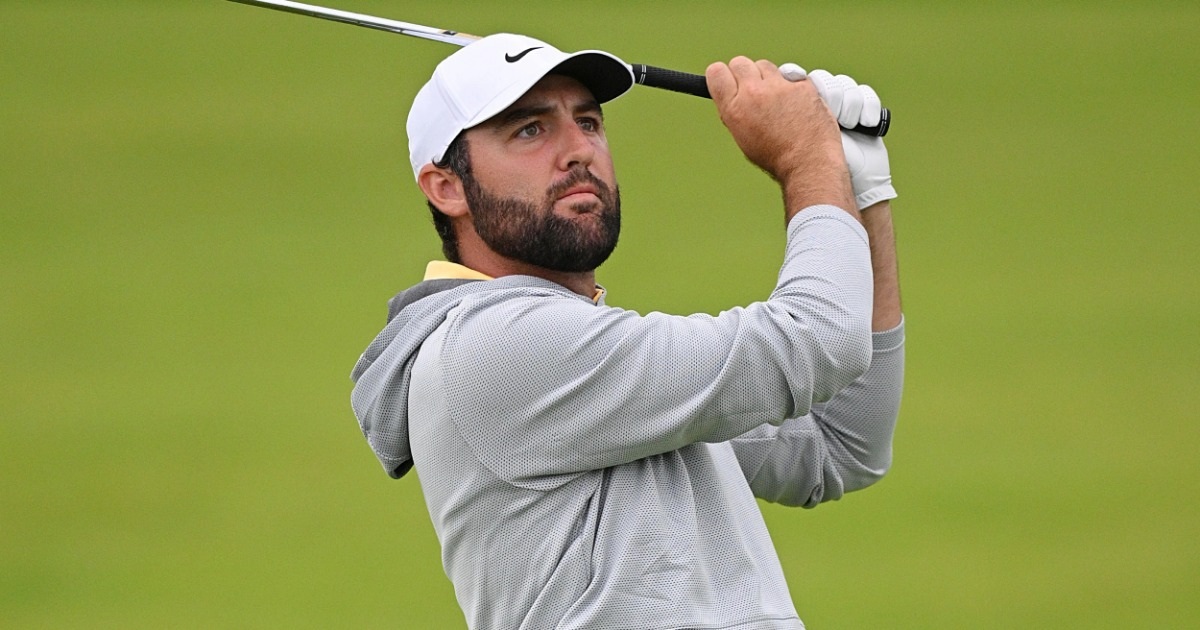Place portable electric shock devices in public places and commune health stations.
On the afternoon of August 10, Associate Professor, Dr. Nguyen Lan Hieu, cardiovascular expert and Director of Hanoi Medical University Hospital, shared about the non-profit project of placing portable defibrillators in public places. This is a device for emergency treatment of sudden death due to cardiac arrest.
Associate Professor Lan Hieu said that this August the project will conduct a survey and then announce the location of the machines. It is expected that in the near future, the machines will be placed at commune health stations and district health centers.
"My student said 'there is no such machine in the district', while about half of circulatory disorders are due to heart rhythm disorders," the cardiologist shared.
Placing portable defibrillators in public places and medical stations helps increase the chance of survival in cases of sudden death due to cardiac arrest.
PHOTO: THUY ANH
For remote areas, it is the responsibility of the State. The Ministry of Health has a foreign emergency project.
In the urban area, Associate Professor Lan Hieu said, the project will call for social resources and businesses to participate. For example, garment businesses can buy and place the machine in their stores on the streets. When there is a victim in need, near the store area, the machine will be quickly brought by the store staff and the staff will also be instructed on how to use it.
In response to some concerns about placing the machine in public areas and "the machine disappearing in just 3 seconds", Mr. Hieu said, "that is impossible, because I have never seen anyone steal this machine to sell as scrap."
Regarding the legality of deploying portable electric shock machines, Mr. Hieu said that the Law on Medical Examination and Treatment stipulates that when someone needs emergency care, everyone has the responsibility to participate in emergency care.
"There are also concerns that if emergency treatment is given but the victim still dies, they will be implicated. But in my opinion, more important than the law is human morality. No one would condemn someone who cannot rescue someone in cardiac arrest if that unfortunate situation happens," said Mr. Hieu.
According to the Director of Hanoi Medical University Hospital, to effectively implement this, there will be an app that maps the location of the defibrillator, helping first responders know where is closest to the victim and can reach the defibrillator as quickly as possible.
"The defibrillator currently costs about 20 - 30 million VND/unit, but some businesses have contacted us to offer to join the project and provide the machine at import prices. Therefore, I think the price will be much cheaper. In the long run, we can also produce it domestically," Associate Professor Lan Hieu added.
Need to distinguish between sudden death and stroke
As a cardiologist, Associate Professor Lan Hieu noted that to distinguish between sudden death and stroke, it is necessary to take the pulse, the easiest is to take the radial pulse, and the most obvious is the femoral pulse.
If there is no pulse, it is sudden death, cardiac arrest and requires immediate CPR. If you stop searching, try to quickly perform CPR to restore a heartbeat.
As for the stroke patient, he may also fall down and not know anything but still have a pulse. At this time, the patient needs to be taken to a medical facility as soon as possible for treatment.
Associate Professor Lan Hieu added that stroke can cause coma but still survive. But sometimes stroke can lead to sudden death due to not getting timely emergency care.
Some stroke victims were brought to the hospital with red, scraped skin all over their bodies, or some people were in a coma but their families still tried to pry open their mouths and give them An Cung. The most dangerous thing is not knowing how to give emergency stroke treatment.
Source: https://thanhnien.vn/pgs-nguyen-lan-hieu-chia-se-ve-du-an-may-soc-dien-tim-tai-cong-dong-18525081020173253.htm

































![[Photo] An Phu intersection project connecting Ho Chi Minh City-Long Thanh-Dau Giay expressway behind schedule](https://vstatic.vietnam.vn/vietnam/resource/IMAGE/2025/8/21/1ad80e9dd8944150bb72e6c49ecc7e08)






























![[Photo] Politburo works with the Standing Committee of Hanoi Party Committee and Ho Chi Minh City Party Committee](https://vstatic.vietnam.vn/vietnam/resource/IMAGE/2025/8/21/4f3460337a6045e7847d50d38704355d)

































Comment (0)